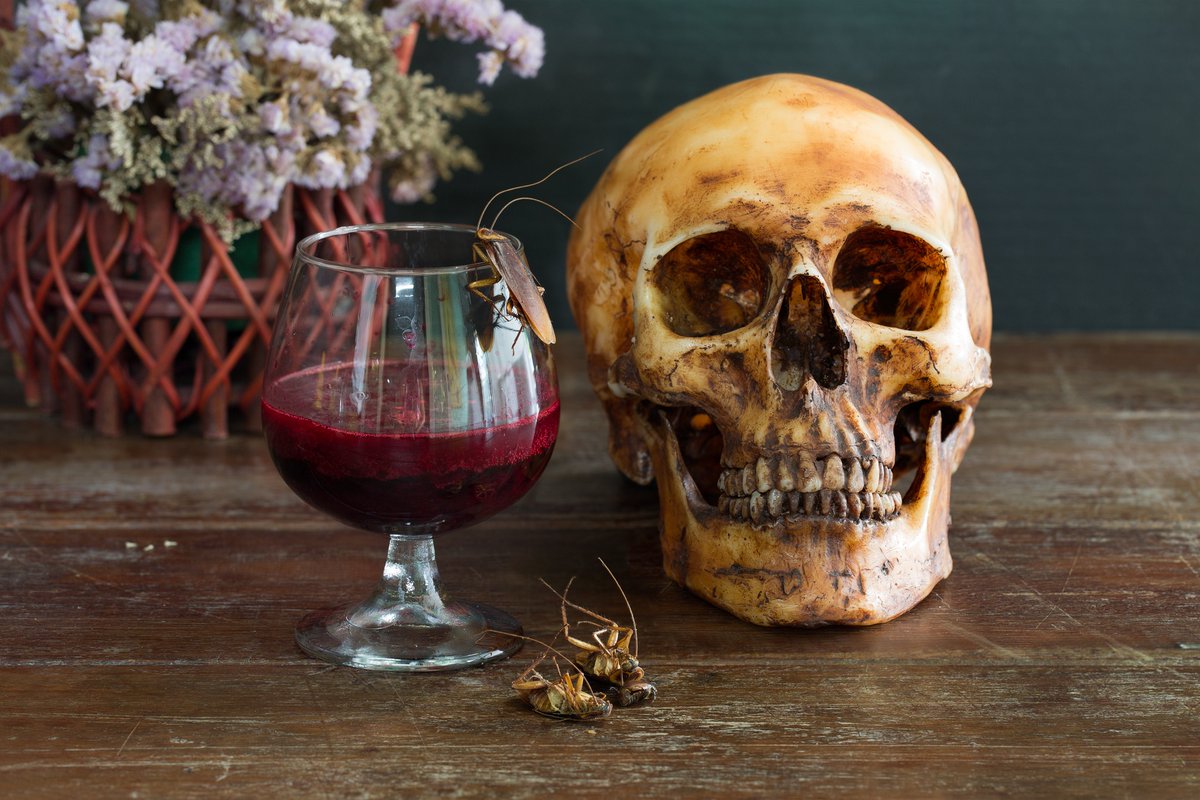
The leading critical care evidence dissemination platform.
CCR25, Belfast, June 11-13.
Now on the nice Blue platform too....
How to get URL link on X (Twitter) App


 ➡️ Throughout history, honey, herbs & metals were often used
➡️ Throughout history, honey, herbs & metals were often used

 ➡️ Blood has always been a symbol of power
➡️ Blood has always been a symbol of power

 ➡️ Trauma-induced coagulopathy is due to inflammation & shock
➡️ Trauma-induced coagulopathy is due to inflammation & shock

 ➡️ Ancient Egyptians preserved corpses via mummification for an afterlife
➡️ Ancient Egyptians preserved corpses via mummification for an afterlife

 🚩 History
🚩 History

 @ISICEM 1/10
@ISICEM 1/10

 2/13
2/13



 ➡️Perhaps the earliest reference to artificial breathing comes from the Egyptian Goddess Isis
➡️Perhaps the earliest reference to artificial breathing comes from the Egyptian Goddess Isis

 ➡️ Medically induced hypothermia goes back 5000 years
➡️ Medically induced hypothermia goes back 5000 years

 Today, oxygen is central to most life on planet earth.
Today, oxygen is central to most life on planet earth.

 In the 1800s, cholera was the scourge of Europe, killing over a million people through its toxin mediated diarrhoea and subsequent cardiovascular collapse
In the 1800s, cholera was the scourge of Europe, killing over a million people through its toxin mediated diarrhoea and subsequent cardiovascular collapse